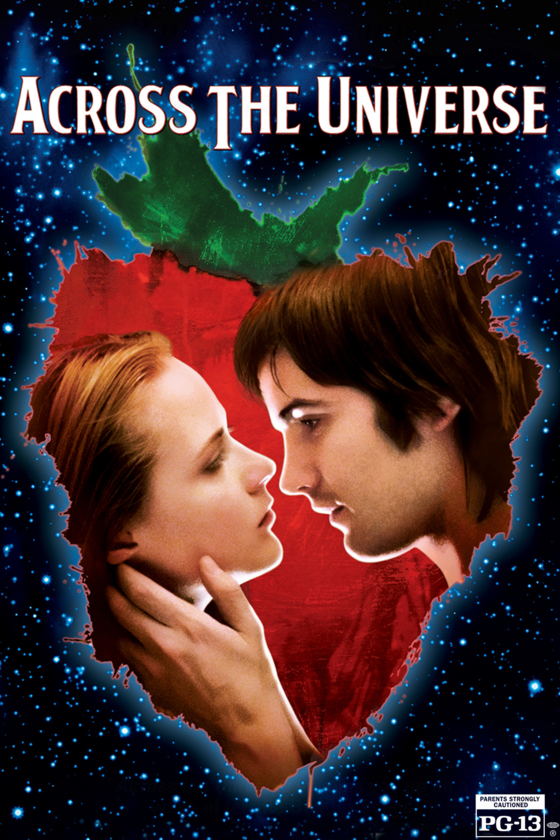Representation in media is an essential factor often overlooked in favor of the majority rule. While audiences rarely notice that ideas are constantly being imposed upon them through media, corporations are fully conscious of the effects of what they put out. That is why commercials such as the ones from Tide and Axe, which attempt to be funny, are harmful.
If one were to point out the absurd objectification of women in the body spray ad, they would most likely be dismissed as someone who "can't take a joke." And yet, the recurrent act of ignoring the voices of those being represented - and wrongfully represented - only contributes to establishing an unreal standard for such a group. Even worse, the stereotypical representations are used in such a repetitive manner that they become the norm - for alienated people, what they see and read is reality.
Though both commercials misrepresent with base on gender, several other factors can be presented by the media: people of different ethnicity, sexuality, religions, etc. It takes from Cultural Imperialism: the media disseminates an image - usually not an accurate one - of other cultures, and with it, creates a "dominant cultural understanding." It becomes a bigger problem when the creators do not bother to research about the represented group - they simply push forward their individual beliefs, and those are used to indoctrinate the masses.
There are other factors to be considered before mercilessly criticizing the offensive ads. Not only have the public's expectations for the representation of women changed throughout the years (currently, empowerment is the growing trend), but the target audience of each commercial is precisely the public who would find the representation humorous. Take the Tide commercial, for instance: the product itself already appeals to the notion that women are in charge of house duties. Additionally, it speaks to other women who watch their kids' clothes. The clip clearly plays to stereotypes, with pink walls, pink sweaters, and the apprehensive (and excruciatingly, unfunnily awkward) mother worrying about the child's unusual clothing choices. Still, instead of embracing the differences, the ad pokes fun at the kid's choices and restates the mother's suffering for the lack of femininity. This is only enhanced by the construction - the contrast between the girl's hoodie and the pastel background clearly symbolizes the child's "non-conformance" to the norm. And to top it, the mother's comment that she wishes the clothes were ruined may appear funny to fellow mothers, but today only paint her as the villain.
As for the Axe advertisement, there is just no hope. The joke is clear, and yet we would hope for it to be less evident. The total dehumanization of the women as they run towards the man reflects the poor selection choices to a maximum extent. Yes, the ad does appeal to male audiences to whom the product is being announced, but the fact that such a clip is exhibited contributes to a growing toxic standard of beauty both for women and men - not to mention the bitter incels. Even more so, all the "desirable" women, dressed in extremely revealing clothing and filmed in slow-motion, are white, and mostly blonde (though there are a few brown-haired ones... not that it makes the situation any better). The cherry on top of this hellish production is the highly misogynistic slogan: "Spray more. Get more. The Axe Effect." Paired with the rest of the video, it is unsurprising how the creators will, once again, reduce women to achievements or mere objects for the beholder's delight. Overall, it is simply tragic. Though the context cannot be left out of the analysis of the commercial, I heed the wise words:


/cdn.vox-cdn.com/uploads/chorus_image/image/66109686/4_0323_Celia_Rose_Gooding___Lauren_Patten__and_Company__c__Matthew_Murphy.0.jpg)









